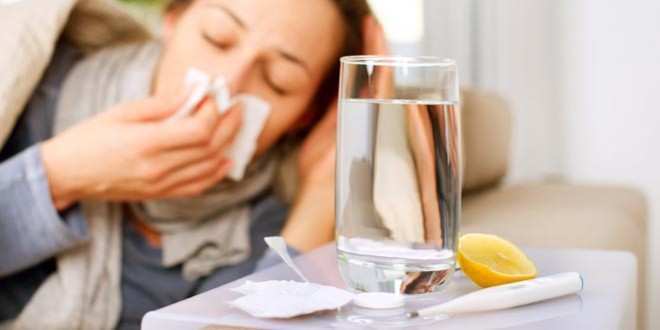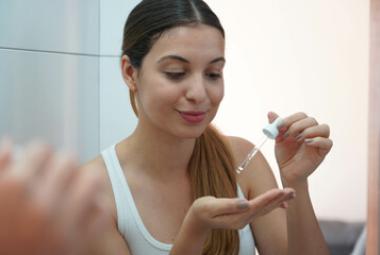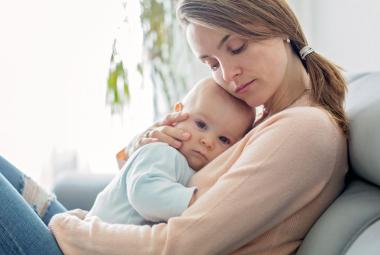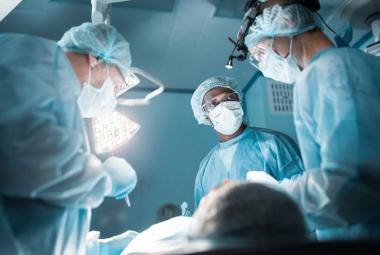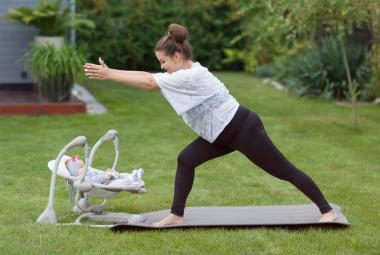In the USA and many other countries, the predominant enterohemorrhagic E. coli subtype associated with disease is E. coli O157:H7. Recently, a large number of cases of antibiotic-resistant E. coli O104 have been reported in Germany, some in breastfeeding mothers. This particular species is known to secrete Shiga toxins and to produce potentially severe renal disease in humans. The question has arisen as to whether breastfeeding mothers should continue to breastfeed while undergoing therapy for this severe infection.
First, this E. coli variant is highly infectious and mother-to-infant infection could occur. While it is known that human milk contains bacteria, most if not all arise from contamination of the mother’s nipple and areola, not the ductal tissue within the breast. Thus it is unlikely that human milk itself will be contaminated with E. coli, but rather the mother’s skin. A thorough washing of the mother’s hands and breast with soap and water prior to breastfeeding could significantly reduce mother-to-infant transmission of this E. coli.
The Shiga toxin secreted by this species is rather large in molecular weight, approximately 68,000 Daltons. Because of its size, Shiga toxin is very unlikely to enter into the milk compartment of infected mothers.[1] That said, mothers in the first 7 days postnatally or in late stage lactation (with involution) could transfer some of this toxin because the alveolar epithelium is less intact, and larger molecules, viruses, bacteria and Shiga toxins might transfer under these conditions. Mothers in the colostral period should probably refrain from breastfeeding until the milk supply is stable at about 7 days. Breastfeeding mothers past the postnatal stage should be advised to continue to breastfeed their infant while under therapy for this infection, as many other studies have suggested that the risk of diarrheal disease from Shiga toxin-producing E. coli, and other bacterial species, is significantly reduced in breastfed infants. Apparently components in human milk, such as lactoferrin, secretory IgA, glycosphingolipids and lipopolysaccharides provide additional protective factors that confer early resistance to Shiga toxin-producing E. coli by preventing its attachment in the intestine and essentially stopping its pathogenic course.[2] In addition, human milk contains a glycolipid GB3 which is known to bind Shiga toxin and reduce its virulent activity.[3] Further research demonstrates that the antibodies found in human milk may indeed be responsible for reducing the incidence of renal failure associated with Shiga toxin, a lethal result of this infection.
Continued breastfeeding may be important in protecting the health and life of infants, even in the context of maternal E. coli infection. We would suggest the following in E. coli O104 infected mothers: 1. If the infection occurs early postnatally, pump and discard the milk for at least 7 days to preclude the transmission of the Shiga-toxin. During the colostral phase, more Shiga toxin may enter milk. 2. If the mother’s milk supply is intact and robust, she should continue to breastfeed. 3. The mother should wash her hands and breasts thoroughly with soap and water to reduce mother-to-child transmission.
This article was adapted from an original written by:
Thomas W. Hale, Ph.D.
Todd Bell, MD.
Laura Muscianese, MS1
References:
- Hale TW, Hartman PE, Hartmann PE. Textbook of Human Lactation. Amarillo: Hale Publishing LPL; 2007.
- Herrera-Insua I, Gomez HF, Diaz-Gonzalez VA, Chaturvedi P, Newburg DS, Cleary TG. Human milk lipids bind Shiga toxin. Adv Exp Med Biol. 2001;501:333-339.
- Newburg DS, Ashkenazi S, Cleary TG. Human milk contains the Shiga toxin and Shiga-like toxin receptor glycolipid Gb3. J Infect Dis. Oct 1992;166(4):832-836.

